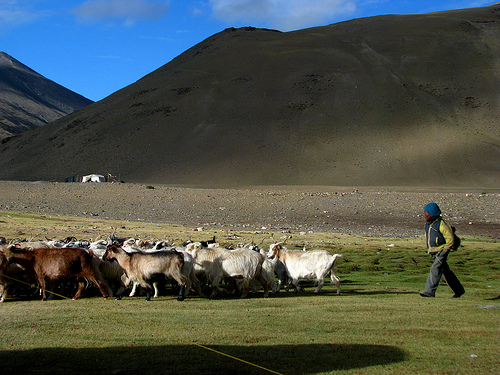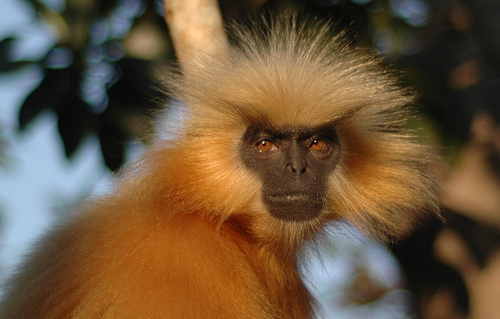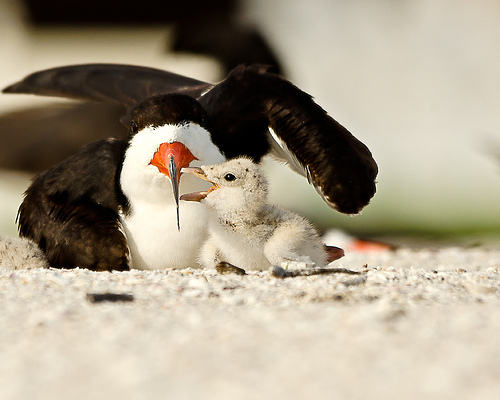For the first time, a fashion symbol not directly related to an animal, has been found to create hurdles for its survival. Cashmere sweaters and products a fashion statement known globally for thousands of years is a new threat to snow leopard according to latest research.

Made from the choicest of fuzzy and soft winter undercoat of various breeds of goats, the wool and its products popularity is only growing. But the indirect consequence of this increase in global demand of cashmere or pashmina as it is locally known in India, has been its affect on prey population of the snow leopard. With commercially bred cashmere goats feeding on most of the grass in the high altitude steppes, the rest of the wild herbivores are staying famished, ultimately diminishing the prey population for snow leopards too.
Snow leopards , wild yaks, camels, and other native species found in the Greater Himalayan region are seemingly being edged out by the cashmere industry, as livestock farmers set loose their expanding herds of domesticated ‘cashmere goats’ says a new research.
Grass Scarcity
The research conducted by an international team of researchers and published in Conservation Biology says that the wildlife of the area is suffering the “striking but unintended consequences” of huge increases in the numbers of the goats producing the luxurious lightweight wool.
The team found a number of problems that sprouted from the commercial breeding of the cashmere goats.
- Because most of the grass available in the region was being eaten by the goats, little was left for wild antelopes and wild asses. Indirectly the decline in number of the prey population affected the predators like the Snow leopard and the wolf.
- To protect their livestock, farmers were killing wild animals like leopards and wolves.
- Dogs were killing and chasing away the predators from the region.
- Transfer of disease from livestock to wild animals was also noted.
The survey revealed that 95% of all the forage across the Tibetan plateau, Mongolia and northern India was consumed by goats, sheep and other livestock, leaving just 5% for wild animals.
According to Charudutt Mishra one of the researchers who was part of the team,
“They are really on the margins. But it is not an easy issue because producing cashmere does benefit local communities and economic development is essential.”
“I care about the snow leopard but I also genuinely care about those people and their livelihoods. The solution is about empowering them.”
The researcher says some solutions are already available. The communities that produce cashmere products without killing leopards or harming other wildlife need to be recognised and a small bonus is already given to such communities.
Improvements to the corrals in which the goats live to prevent leopards killing them and vaccinations of goats to prevent the spread of disease are also possible solutions.
But the greater concern remains the grass cover which is all being eaten up by the goats leaving little for Native grazers like Saiga tatarica, an antelope, the Tibetan chiru, Bactrian camels, wild yaks, and the Himalayan bharal get displaced.
“We want to address everyone’s concerns and develop a program where we can make grazing more sustainable, and that allows for wild and domestic animals to co-exist,” Mishra said.
More Related Stories,
War torn Kargil Now Home to Snow Leopards
Researchers Create First Snow Leopard Stem Cell
Leopards Victim of the Man-Animal Conflict
Reference
Image via cc/Flickr by jude and Mckay savage










2 thoughts on “Snow Leopards becoming Victim of Fashion”